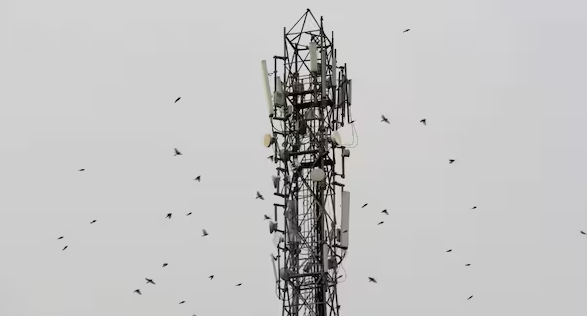The recent spectrum auction has come to a close, with bids totaling 12% of the target amount. This quick resolution may come as a surprise to some, considering the importance and value of the spectrum being auctioned off. Let’s take a closer look at how this auction played out and what it means for the telecommunications industry.
Background Information
The spectrum auction involved the sale of valuable radio frequency bands by the government to telecom companies. These bands are essential for providing various wireless services, including mobile communication, broadband internet access, and more. The auction aimed to raise a substantial amount of money while also ensuring fair competition among bidders.
Bidding Process
During the auction, participating companies submitted bids for different blocks of spectrum. The bidding process was highly competitive, with major players vying for key frequencies that would give them an edge in delivering high-speed data services to customers.
As the days progressed, it became clear that some companies were willing to pay top dollar for certain blocks of spectrum, while others held back and focused on smaller portions. Overall bidding activity remained strong throughout the auction period.
Results and Implications
In just two days, the auction came to a close, with total bids amounting to only 12% of the expected target. This result may indicate several things about the current state of the market:
- Some companies may have chosen not to participate in this round of auctions due to various reasons like financial constraints or strategic decisions.
- The lower-than-expected bids could suggest that telecom companies are looking for alternative ways to acquire spectrum, such as through partnerships or joint ventures.
- The rapid conclusion of the auction could be seen as a positive development for both buyers and sellers as it avoids prolonged negotiations or uncertainties.
Overall, the outcome of this spectrum auction highlights the dynamic nature of the telecommunications industry and underscores the importance of staying competitive in a rapidly evolving market.
Looking Ahead
As we move forward from this auction, it will be interesting to see how winning bidders leverage their new spectrum holdings to enhance their service offerings and attract more customers. The increased availability of spectrum could lead to improved connectivity, faster data speeds, and new innovations in wireless technology.
Additionally, other companies may explore alternative strategies for acquiring spectrum or expanding their reach in different ways. Collaboration and cooperation within the industry could further drive growth and innovation in telecommunications services.
Conclusion
In conclusion, the spectrum auction ending in just two days with bids worth 12% of the target amount is a significant event that showcases both the competitiveness and efficiency of today’s telecommunications market. While final results may not have met initial expectations, there are opportunities for continued growth and advancement within this industry.
We are excited to witness how these developments will unfold in shaping our digital future.
